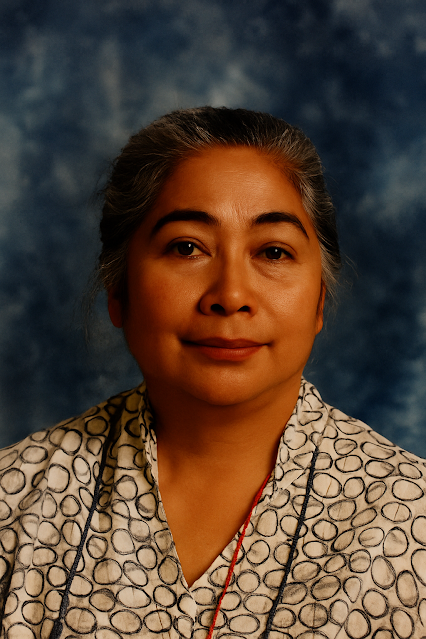“We don’t see things as they are, we see them as we are.” – Anaïs Nin
We go through life guided by our senses, assumptions, beliefs, and experiences. We trust our perceptions as if they are the absolute truths, forgetting that they are often tinted with bias, emotion, and expectation. This gap between perceptionand reality—between what seems and what is—can shape or distort the way we experience the world.
As a Filipino-American who has lived through war, migration, parenthood, retirement, and now reflective writing, I’ve come to realize how often our lives are colored by the lens through which we view the world. And those lenses change over time.
The Illusion of Certainty
Think of the first impressions we form—of a person, a place, or a situation. How many times have we judged something too quickly, only to be proven wrong later? Perhaps someone we thought arrogant was just shy. Perhaps a place we deemed dull was rich in history and spirit. Perception is fast, emotional, and influenced by what we want or fear.
Reality, on the other hand, is slower to reveal itself. It takes patience, openness, and a willingness to see beyond appearances. But how many of us have the time—or courage—to look deeper?
A Personal Glimpse
In my youth, I once believed that success was a straight path: good grades, a solid career, a family, a home. That was my perception. Reality, however, was far more complex and unpredictable—full of detours, pain, joy, loss, and discovery. And it was in those unexpected turns that I found my greatest growth. What I thought were setbacks were actually openings. What seemed like endings were new beginnings.
In Today’s World
We live in an age of digital illusion—filters, curated posts, AI-generated content (partly guilty of this on this posting). Perception is now easily manipulated, and reality is often questioned. Who do we trust? What do we believe? More than ever, we must pause and reflect: Are we reacting to reality—or just our version of it?
Bridging the Gap
So how do we reconcile perception with reality? A few thoughts:
Ask questions before judging. The more curious you are, the more likely you’ll uncover truth.
Acknowledge your biases. We all have them. Admitting them is a step toward clarity.
Practice empathy. Try to see the world through someone else’s eyes.
Reflect often. Reality reveals itself in stillness.
Final Thoughts
Perception is not the enemy—it’s a natural function of the human mind. But when we confuse it with truth, we risk living in illusion. As I grow older, I strive to live less by assumption and more by awareness. To slow down. To see people, situations, even myself, not just as I perceive—but as they truly are.
And maybe, just maybe, that’s the path to wisdom for all of us.
End of Partially Generated AI Content:
Personal Note: Let me know via comments in my blogs—how have you experienced the tension between perception and reality in your own life?
We hope our perception of the new THD employee is just an illusion and not the truth and she is happy in her new job and stay for a while.
Incidentally, this THD employee has not forgotten my name. I introduce myself to her on her first day here at THD. However, we believe she is not motivated in knowing the names of most of the other residents here at THD.
Meanwhile, I prompted ChatGPT for a headshot of Macrine from our photo. Here's what I have. Do you like the original or the AI Generated Image?
💚The original photo was taken in 1996.The AI Generated Head Shot of Macrine (RIP) Only





No comments:
Post a Comment